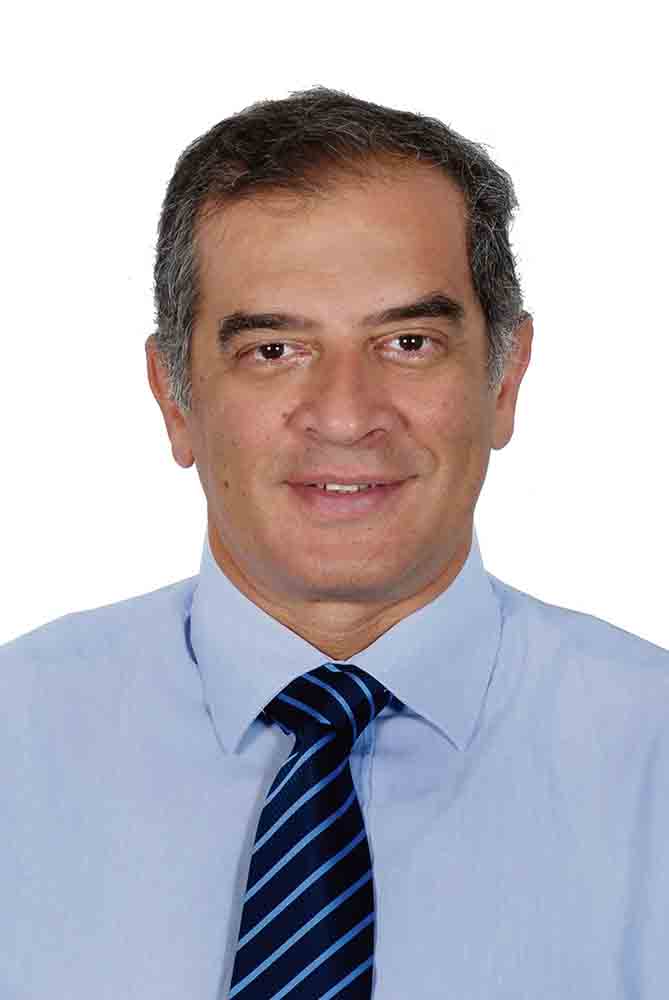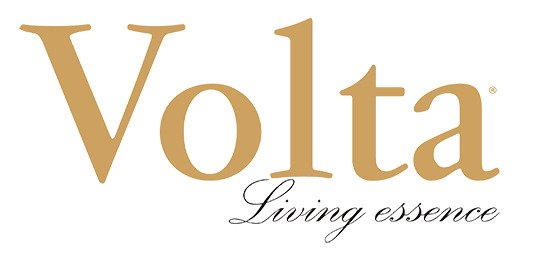Breast cancer: Early diagnosis saves lives


By John P. Fyssas MD, PhDSpecialized Breast Surgeon-Mastologist /
Breast cancer is so common today that it enters almost every home. Because there is no home without a wife, whether she is a mother, a daughter, a grandmother, a wife, a sister or a friend. Our most important weapon is prevention or, better yet, early diagnosis.
Though, we can’t make a vaccine to shoo off the villain, we now have very advanced diagnostic methods to diagnose it in time and advanced therapeutic weapons with which we manage to defeat it definitively in almost 90% of cases, if we find it early.
What causes breast cancer?
It is not due to just one cause that if we avoid it we will get rid of cancer. To get it, some risk factors must coincide, such as heredity, dense breasts, estrogen abuse, obesity, alcohol, unhealthy diet, frequent contact with carcinogens (chemicals, dyes, preservatives, preservatives) ionizing radiation, various precancerous diseases of the breasts (atypia, papillomas) but also the poor physical and psychological condition such as a prolonged great grief and a toxic stress.
Which are the proper steps for early diagnosis?
The most important thing is for women to learn that this insidious disease does not hurt, nor does it cause symptoms in the early stages. So, the only way to find it early, is to visit the specialist doctors preventively, without having the slightest symptom.
Step 1. Visit a dedicated Breast Center. You will be referred to a specialized breast surgeon who will write down your history, will examine you, will start a new file with the findings of your breast clinical examination and will order the necessary imaging modalities, according to your personal breast type, age, risk factors and family history.
Step 2. You will be referred to a specialized breast radiologist who will read your file and perform all the ordered imaging tests (mammogram and/or tomosynthesis, ultrasound and/or elastography).
Step 3. You return to the breast surgeon with the results. If everything is normal your file is archived and the next appointment is scheduled. In cases of suspicious findings, the surgeon and the radiologist must cooperate and in some cases an ultrasound-guided core biopsy must be performed to establish the final diagnosis. All the above steps must be done on the very same day and place. Τhis is the correct way for a breast clinical examination, tailor made to the needs of each woman.
What are the test for Breast clinical examination?
Breast clinical examination by a breast specialist is an important diagnostic tool for all women. Sometimes it must be accompanied by a breast ultrasound under the age of 40, while for over 40 by a mammogram and/or an ultrasound. A digital mammogram or tomosynthesis, in many cases, outrivals the doctors’ skillfulness, as it may reveal a tumor from a small size, when the most experienced medical hand is not yet able to palpate. In 1/3 of the cases the breast tissue is “dense-opaque”, as it usually happens for young women, so clinical examination prevails. A breast ultrasound completes the other examinations and is used for all younger women, for dense breasts, to distinguish between solid and cystic lumps and to provide guidance for core biopsy.
Is self-examination good method for early diagnosis?
It is highly improbable for a woman to palpate a lump in her breasts when its small in size. A specialized doctor would of detected it 1-2 years earlier. It does not hurt to self-examine, but do not miss the preventive examination of your breasts by specialists, just because you do not feel anything.












